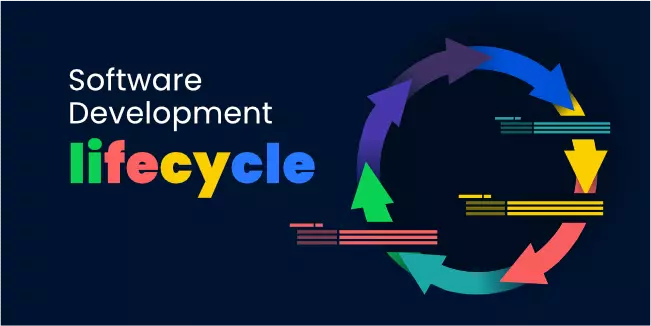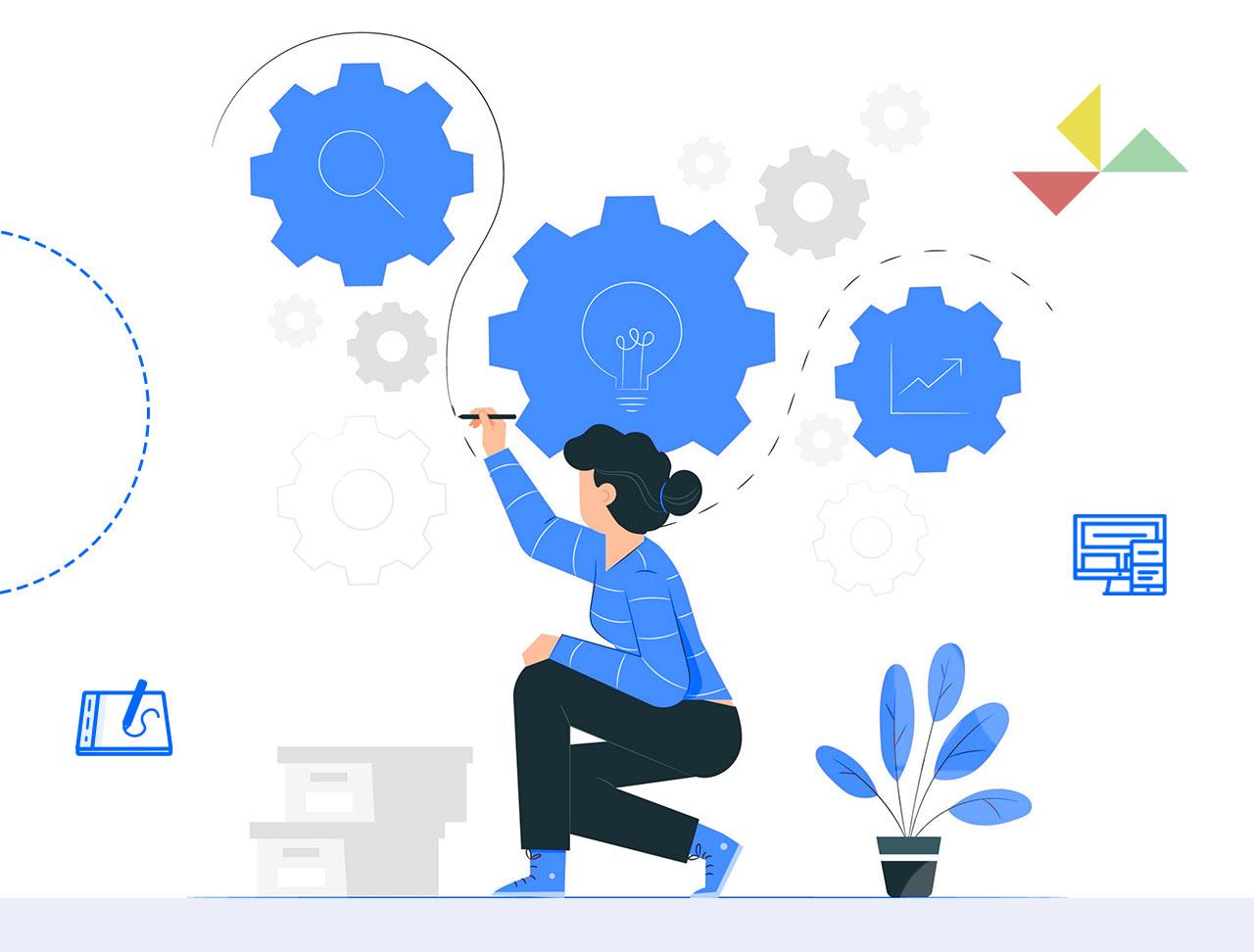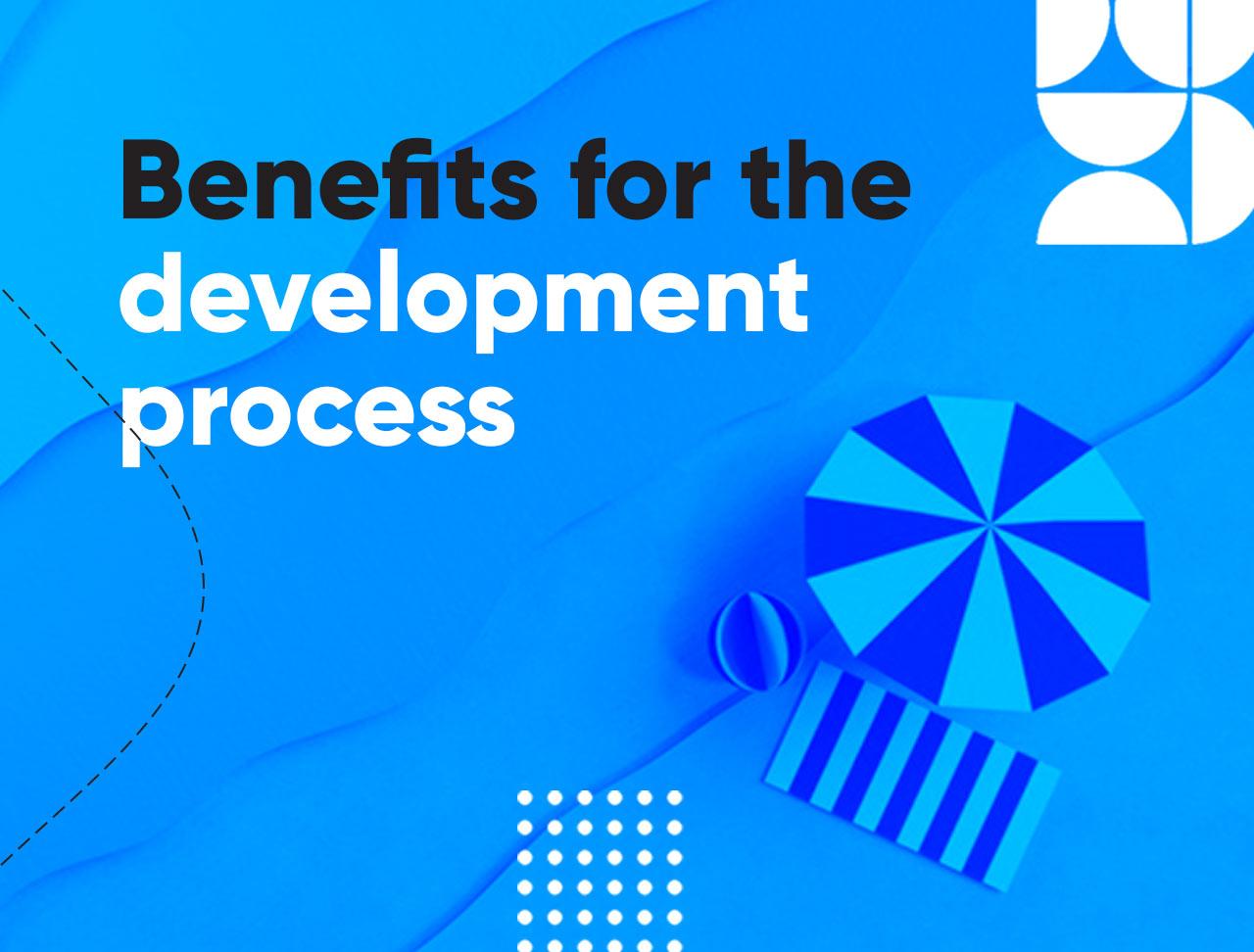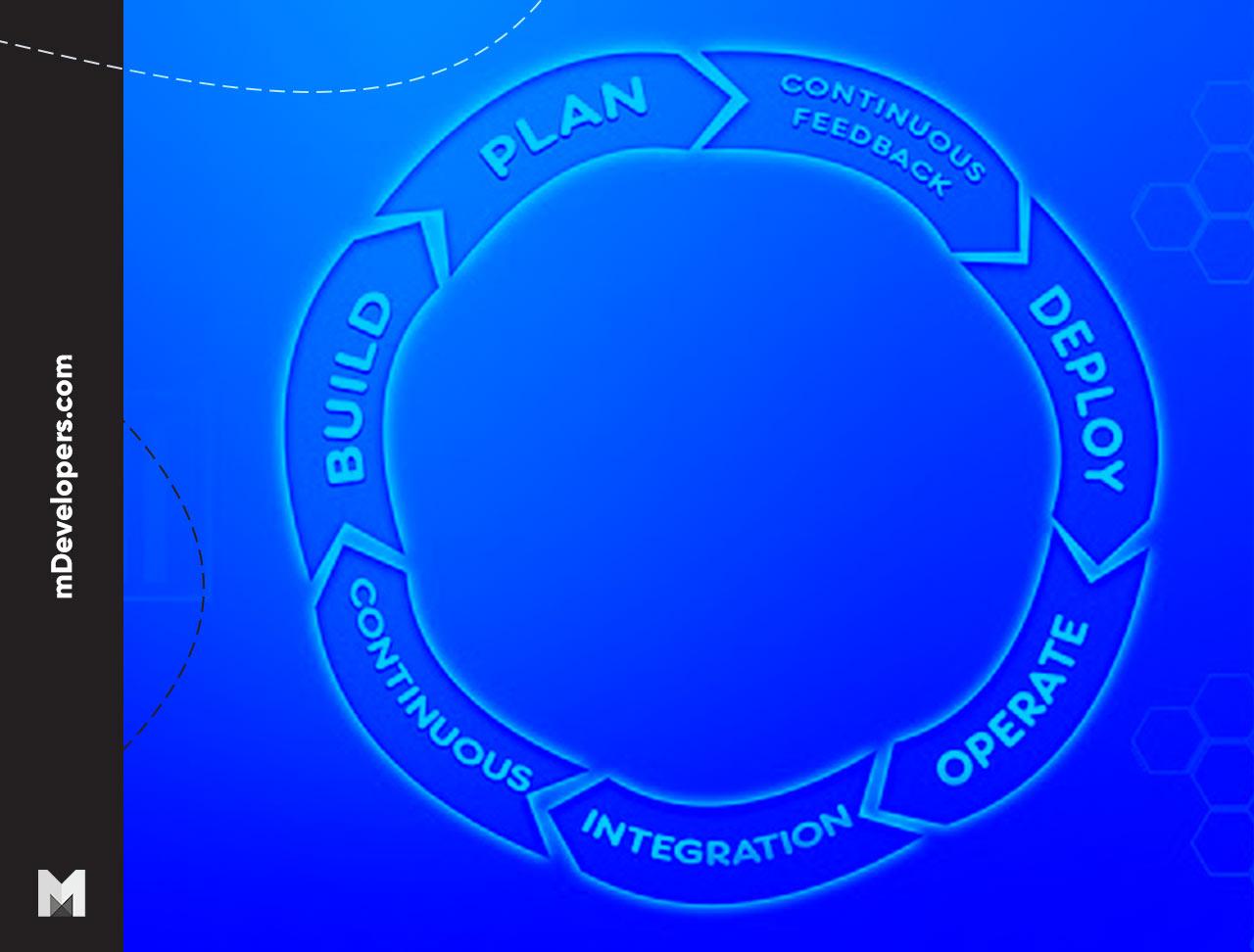Mobile Development
Web Development
Business
sdlc
methods
softwarestages
Software development life cycle

The huge number of mobile applications translates into huge competition, which is a natural consequence. Only those applications that are innovative, meet the expectations of users, and constantly adapt to changing market conditions will survive in the market.
Great app idea - that's not enough now. What matters is high quality and attention to all details. We realize that mobile application development is a big challenge. If you want to discover how to turn your idea into a great product, consider participating in the Discovery Workshop.
The Workshop aims to verify the idea in terms of technical and business, with a small investment of time and money. That is why such workshops are run by experienced specialists willing to share their knowledge and experience. The result of the Workshop is the complete documentation of your project, which is the foundation of the final product. Find out more about this process in our article "What is the Product Discovery and Product Discovery Process?"
If you decide not to participate in the Workshop but want to learn as much as possible about the stages of creating an application, we encourage you to read our article "How to create an app from scratch?". In the article, you will also find a downloadable "Planner for a successful application" which will allow you to create a stable foundation for your project.
Combining knowledge and experience will allow you to build your dream product. However, lack of experience does not disqualify you - you can always jump from the support of a trusted software development partner and create a successful application together.
The software development life cycle is vital in creating a digital product. Therefore, be sure to read the article below.
Software life cycle: what is it?
The software development life cycle (SDLC) is a process for going through phases of planning, requirements analysis, creating, testing, and deploying an information system. As you can imagine there are few methodologies available to choose from. The main aim of the process is to build high-quality software as quickly as possible. It has to be approachable so that we can construct a feasible system that will be in use and useful for customers as quickly as possible.
The SDLC can be used for a variety of purposes, including web application development, mobile apps, and develop software for every department.
An important part of the SDLC involves keeping records that detail what has been done so that future work can build on existing knowledge. This means creating a project plan with goals/objectives, strategies/tactics, and deliverables before any development happens. The reason why it's important not to skip this phase is to make sure the project has a direction and clear expectations.
Phases of software development life cycle
Software development projects are using the SDLC process. These are best practices for your system development, the development team (project managers, software engineering).
The SDLC phases are broken into:
Planning and brainstorming
The Planning and brainstorming phase is about what the system should do. You are researching the product you are developing. To make this research process as accurate as possible, you should take a look at your customer’s feedback. It is important to know what your customers want and meet their needs to build a profitable product.
Asking insightful questions early in product discovery can help pave the way for a successful project later down the line, so make sure your team has enough time to explore all possibilities before getting too far into the development process.
Requirements and feasibility analysis
The requirement analysis phase determines if we can build this software in time, with any risks or costs to it.
This phase in the software development life cycle is crucial for building a successful project. Well-designed and clean code is not enough to build a working solution; you also need a clearly defined project at the outset of development. You will choose a programming language, SDLC model.
Design
The Design phase is the perfect time to establish a graphical representation of how your program will work on all levels: user interface (UI), user experience (UX), database design, etc.
Development/coding
In this phase, the system and software design documents are prepared as per the requirement specification document. This helps define the overall system architecture.
This is time for your developers' team to do their job. When you have documentation from the discovery phase and design phase that job will be much easier than without them.
Testing phase
Testing is the process of examining software to identify mistakes, defects, or anomalies (quality assurance). As new functionality and features are added during development testing ensures that everything works as intended. Defects spotted while developing can also be corrected through testing.
Deployment
Deployment rounds up the cycle by getting the software ready for use by customers.
Maintenance
In the Maintenance phase, programmers fix bugs or update software to add new features. These are the most popular stages of the software development life cycle. Right now we will focus on SDLC models.

Popular SDLC models
There are main six Systems Development Life Cycle (SDLC) methodologies you can choose from based on the varying needs of your project.
Waterfall model
The waterfall method assumes that the requirements are clear at the beginning of each phase. The phases follow one another in sequence until they reach the deployment stage when there's nothing more to do but release the product. At this point, we go back to the Requirements gathering phase and start all over again.
Agile Model
The Agile software development life cycle is much more loosely defined than the waterfall model. Although each stage has a phase with an iteration, programmers are able to constantly update their code as opposed to having some concrete figures or predefined deadlines.
To get started on your project, you need to define an initial vision and revisit it every time the project progress requires it.
Spiral Model
This is a model that was created to deal with unpredictable requirements and constraints. It's iterative, goes through all the phases of SDLC but it has a few feedback loops and iterations so there's always something new going on - which can be bad or good depending on what you need. The spiral model is appropriate for smaller projects because it is expensive.
The process depends too heavily on risk analysis and requires highly specific expertise. It can be hard to manage time, and the end of the project may not be known until shortly before completion.
Iterative Model
This is a very similar model to the waterfall, but it has one major difference: making all of the difference. It's what they call an incremental development process; meaning this type of SDLC will be following through with every phase and then iterating on that same phase, making sure everything is moving smoothly.
V-Shaped Model
This is a newer method and it requires more feedback from the customer. It gives you the opportunity to find out what they want, how they are responding to your software, and then make changes based on their responses. The idea behind this model is that by getting as much input early in the process; you will not waste time making something that may not be what your customer wants.
This type of software development is the most rigid and least flexible, making it riskier. It means that you have no early prototypes. If there are any changes in the middle of building your software, then all of your documentation will need to be changed too.
Big Bang Model
This is a development model that tries to provide all of the software up-front in one big chunk, which can make it difficult to accommodate changes. The development process begins with the required money and effort that turns into a developed product. The end result may be as requested by the customer, or it may not. There is little initial planning in this Big Bang Model.

Benefits for the development process
The SDLC decreases the development time by simplifying the production process. The team has a clear view of what needs to be produced and is able to coordinate successfully with one another throughout various steps in the life cycle before deployment.
The software development life cycle is followed by many successful software companies in order for them to stay competitive in the market which has resulted in it being a standard approach of most organizations.
The constant change is happening every year where new technologies are emerging, like blockchain technology that will likely bring significant changes into this process. These days we see more startups who want their product or service up and running quickly without wasting time on unnecessary features or delaying launch date just because they lack funds for the research and development phase; as result, they often go straight to the beta testing stage skipping all other phases such as feasibility analysis, customer needs identification, design and planning phase before implementation one.
The theory of the SDLC is to work with customer needs and provide them an efficiently designed information system. This will take time but it will be worth it in the end: more satisfied customers, better products, and development process.
The main idea behind this process is that if you think carefully about your project before beginning, it will save you a lot of headaches later on when everything might not go as planned or desired.
With all these new emerging technologies coming out each year, there are no doubts that one day we'll see significant changes happening around us when it comes to our production processes; however what's important is have learned from the past our world evolve into something competitive where mistakes which have made in the past are not repeated, we're still in a process of learning and adapting but with every new project that's been done there has to be some sort of improvement.
Tips for a more successful software development life cycle
Conduct time-consuming research beforehand so you can understand customer needs better. It is always easier to design products around what customers want rather than create something on your own that might meet their needs or expectations less appropriately.
However it’s also important that companies know how much resources they have available for maximum efficiency because sometimes putting too many things into one product will cause complications down the line when needed features get cut due to lack of budget or other circumstances related to management decisions etc., hence a balance is needed.
It is very important to have a production environment that includes a project manager/product owner/CIO/CTO or IT advisor in place, who has the necessary authority and resources to ensure that all timelines are met. This person should be able to make decisions on behalf of management when it comes down to making tough calls about what can or cannot be done within certain deadlines and budget constraints etc., hence this position is crucial if you want things done right without unnecessary delays.
Our recommendation
We recommend using Agile software development life cycle methodologies because it helps companies test out new app ideas. Companies can do this after they have already published a version of the system so that they can keep up with market trends and customer feedback.

Summary
Software development lifecycle models are not limited to a few phases. Those who have more complex software needs will often prefer an iterative, incremental approach which means that they'll be building and refining the system in smaller iterations after each phase or step is completed. In contrast, those with less complicated systems may find it sufficient to go through one single cycle of design-code-test for example before deploying their product at the end.
Please remember that not all projects require every step or phase within this model, so make sure you understand the needs of your project first rather than assuming there's only one.
Our company has been creating successful software projects for several years, so if you want to discuss your project, arrange a free consultation with our specialists. As the best product development company, we love to share our knowledge and experience.